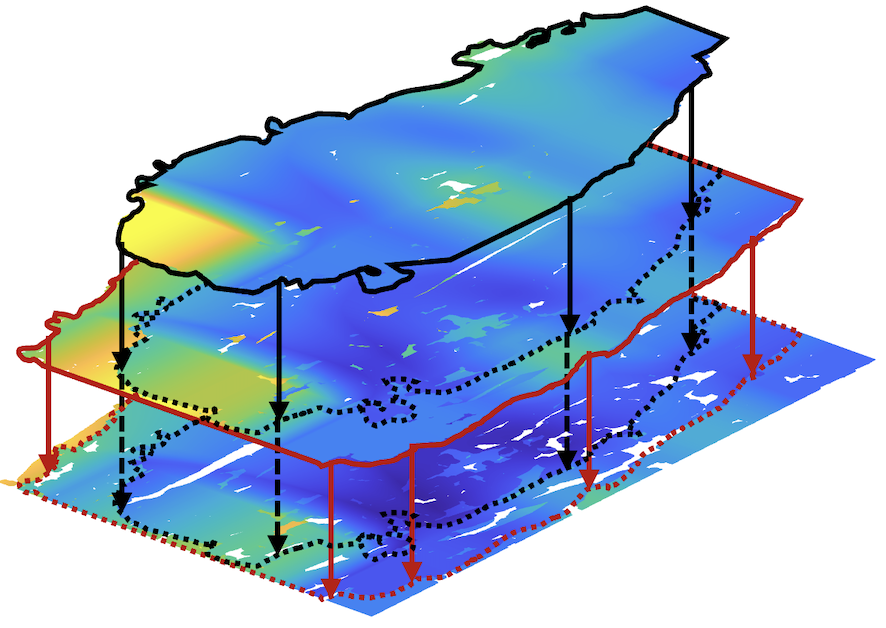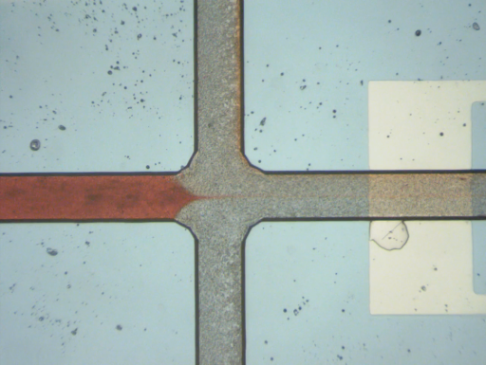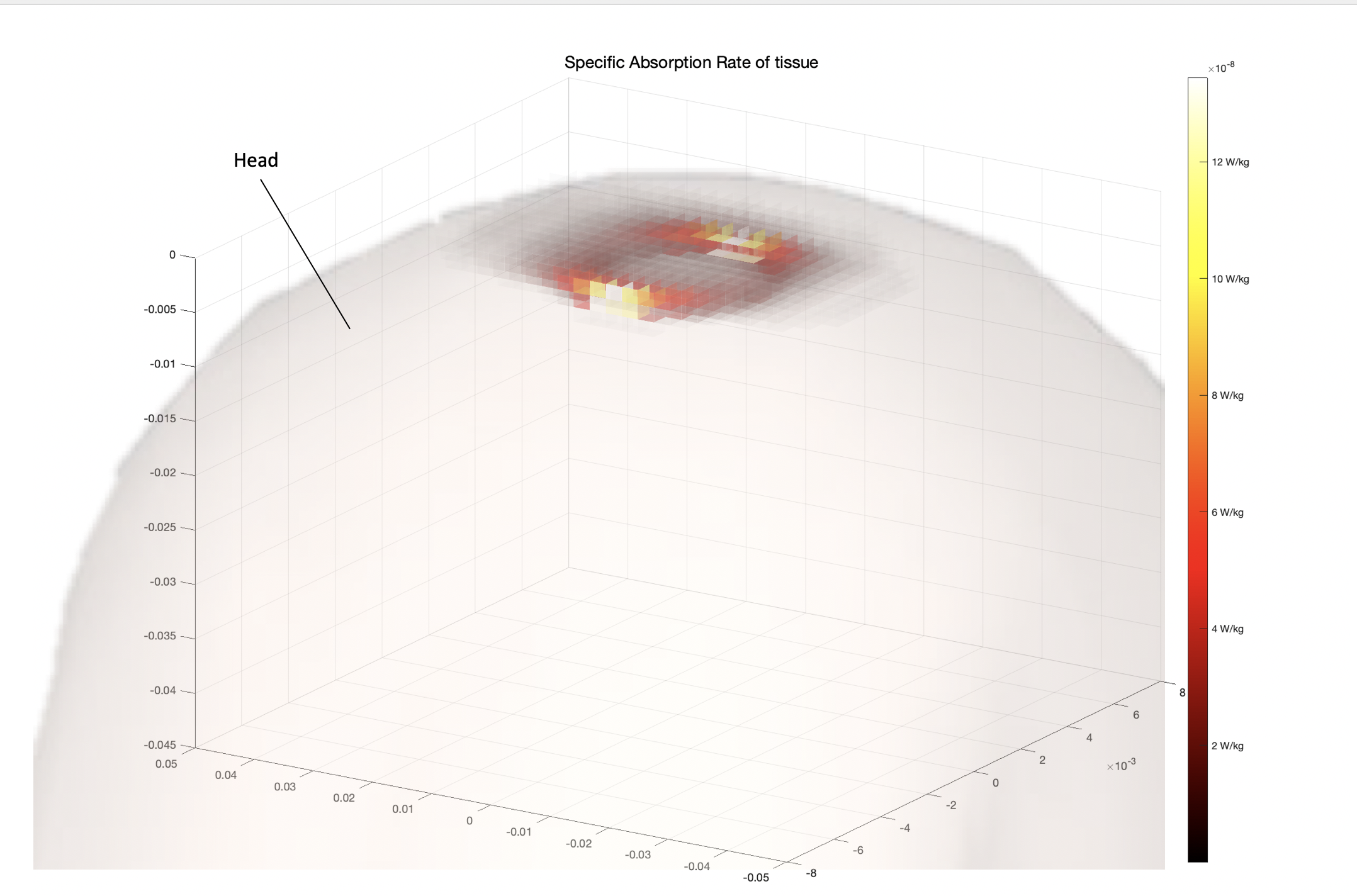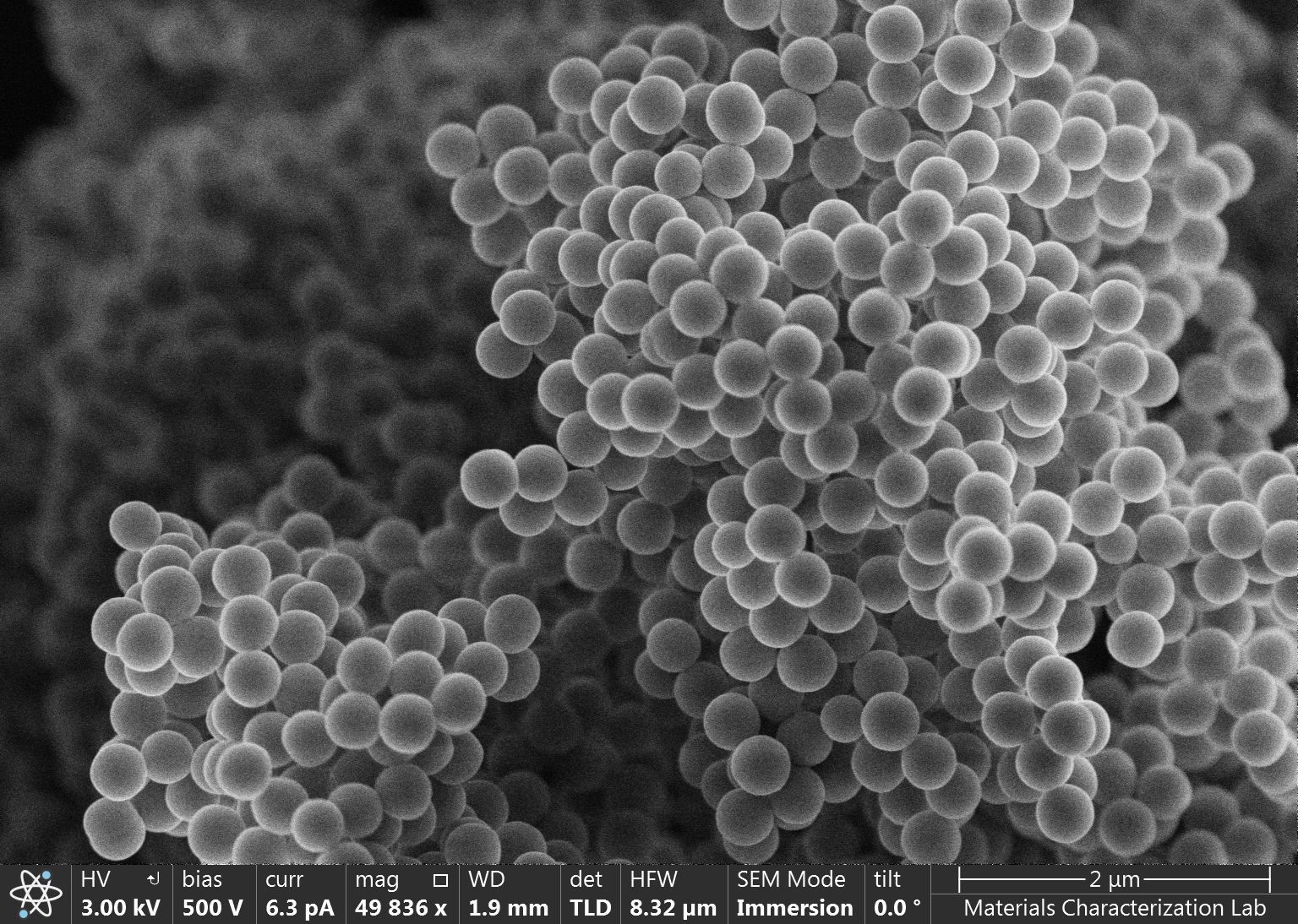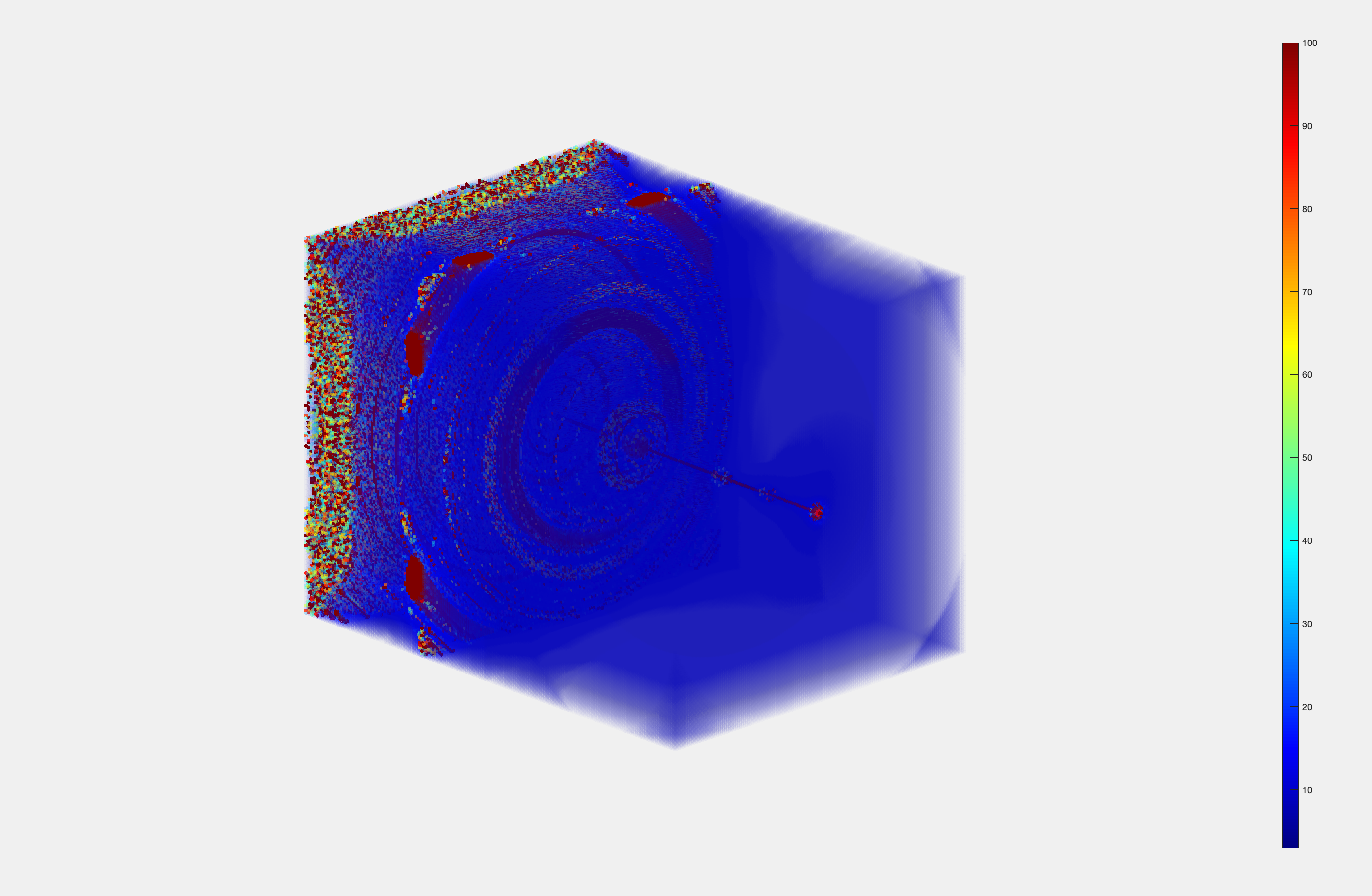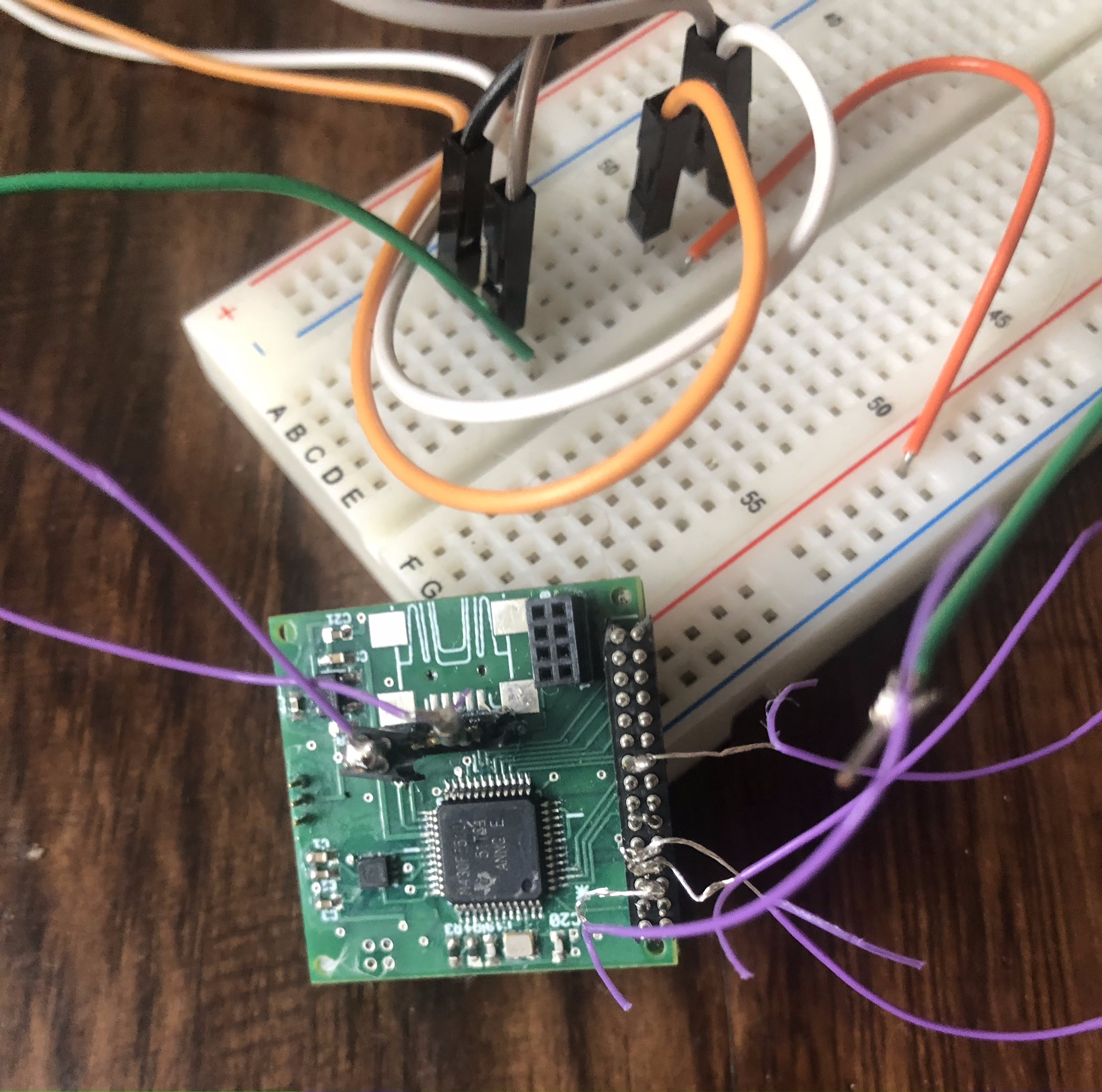Neuropulse - microelectronics for brain health
Since Fall 2023
This was my first project in Dr. Irazoqui’s lab which I started and finished in the fall of 2023. I am currently still using Neuropulse in Dr. Thakor’s lab to monitor and modulate arousal.
The objective was to build a one board version of the lab’s flagship device “the Bionode”. The Bionode is a highly versatile, compact, implantable and wearable device to monitor biosignals in the body (ExG and respiration) and for stimulation.
Overview
The previous version of the Bionode 5.3 (renamed Neuropulse for brain health monitoring through the ear) is reported in Pederson’s work (Pederson, 2019). It consists of 4 high temporal resolution bipolar recording channels (up to 12.5 KHz each) and 1 stimulation channel.
![]()
![]()
Citation: Pederson, Daniel J., et al. "The bionode: A closed-loop neuromodulation implant." ACM Transactions on Embedded Computing Systems (TECS) 18.1 (2019): 1-20.
The objective was to build a one board version of the lab’s flagship device “the Bionode”. The Bionode is a highly versatile, compact, implantable and wearable device to monitor biosignals in the body (ExG and respiration) and for stimulation.
Overview
The previous version of the Bionode 5.3 (renamed Neuropulse for brain health monitoring through the ear) is reported in Pederson’s work (Pederson, 2019). It consists of 4 high temporal resolution bipolar recording channels (up to 12.5 KHz each) and 1 stimulation channel.
RECORDING- The signal is passed through two stages of ultra low noise op amps. The first filtering the signal in the range needed (using a lowpass and a highpass filter changing based on what it is we want to record) and the second amplifying the signal. The signal then goes to a 12-bits digital to analog converter and finally, the data is streamed out.
STIMULATION - The stimulation is performed through a current controlled Howland pump (HCP) via a fifth bipolar channel. It takes the input from the MCU, passing it through a digital to analog converter (DAC) and then to the current pump. It uses an impedance measurament circuit to ensure the stimulation output is as expected, and a switch to connect the DAC output to the HCP input.

TELEMETRY - All Neuropulse devices require a nearby base station for communication, utilizing a dedicated 2.45 GHz frequency band. This setup enables simultaneous recording and control of multiple implants. The base station consists of a custom shield board connected to a Raspberry Pi, packaging the information from the implant. The Raspberry Pi generates its own Wi-Fi network, permitting control of the implants and data storage from any connected device.
Citation: Pederson, Daniel J., et al. "The bionode: A closed-loop neuromodulation implant." ACM Transactions on Embedded Computing Systems (TECS) 18.1 (2019): 1-20.
Final Board and benchmarking

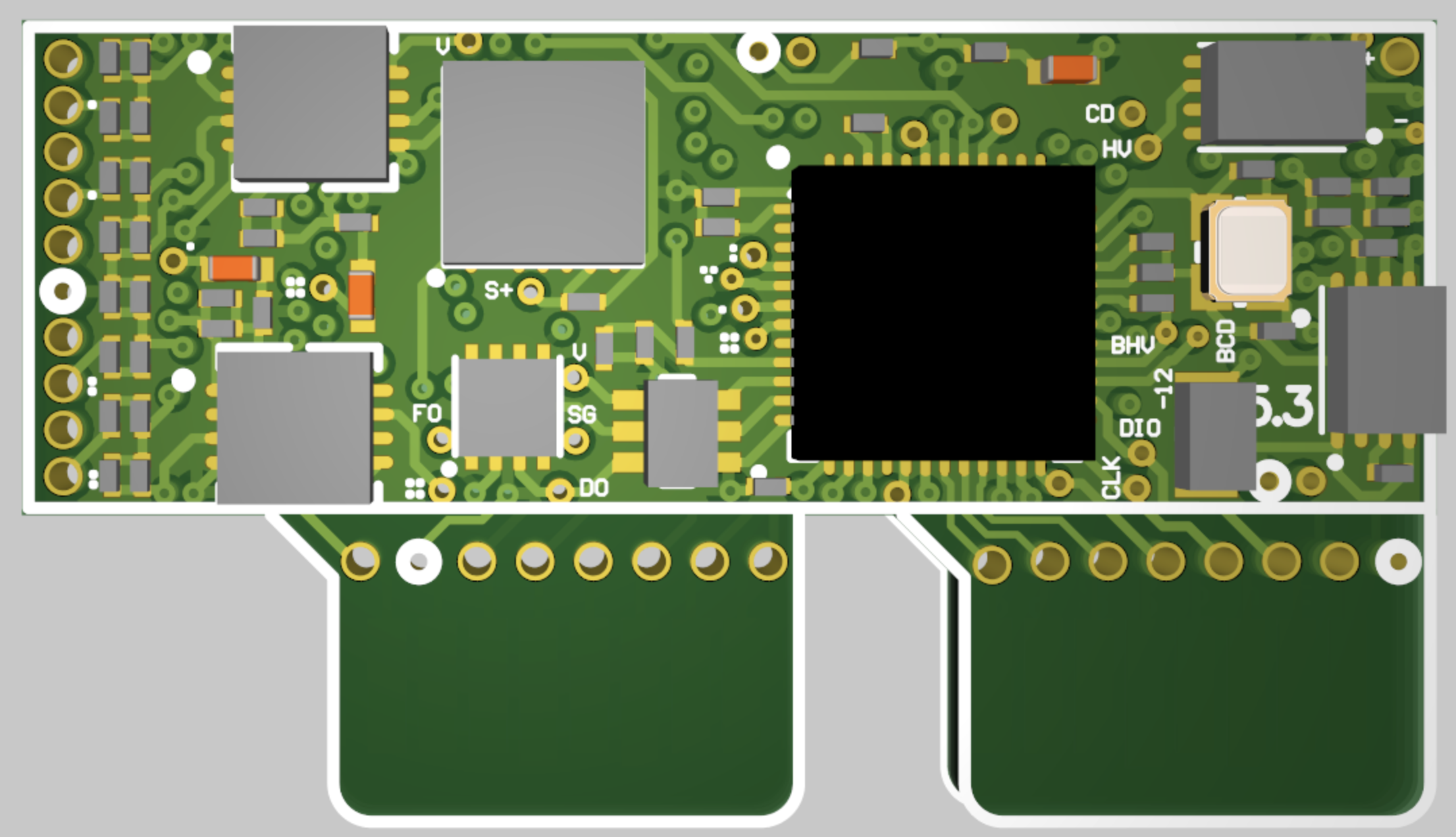



The board was assembled by hand and tested step by step as it was built. To test the front end, a sine function at different frequencies was used. In this case, the picture of the program from the computer shows the device is able to pick up the sine wave at 100 Hz for an EEG channel. To test the stimulation, a resistor was applied across the channel and the voltage and current from the impedance measurament was recorded. As shown in the last figure, a bipolar current pulse is correctly being formed.
Recordings and current work
The device was tested using rats and it was able to efficiently pick up vital signs. Currently Neuropulse is set to record ECG and EEG in rodents to determine their arousal state and modulate it. This will have applications for neurocritical care, acute brain injury detection and recovery, emergency devices, anesthesia and neurological assessments. We will update the website once closer to publication date.Recording of vital signs through the channels on different areas of the rodent (yellow- ear and tail; green- chest and tail; pink - ear and mastoid). It is possible to observe EEG activity from the pink channel.
